Where is the effect of large and small flow particle counters?
- 2019-06-18
- 800
- Esky Purify
Classification according to different specifications:
1. According to the detection principle:light scattering detection (white light, laser), microscope detection, weighing method detection, DMA method detection (particle size analyzer), inertial method detection, dispersion method detection, agglutination nucleus detection (CNC), etc.
2. According to the flow rate:small flow rate 0.1cfm (2.83L/min) large flow rate 2cfm (50L/min).
3. According to the shape and size:portable, handheld, online.
4. According to the test channel:single channel (only one kind of particle diameter is measured);dual channel (two kinds of particle diameters are measured);multi-channel (multiple particle diameters are measured).
5. Others:Application fields of laser dust particle counter
Particles in the air will scatter under the irradiation of light. This phenomenon is called light scattering. Light scattering is related to factors such as particle size, wavelength of light wave, refractive index of particles and absorption characteristics of particles to light. However, in terms of scattered light intensity and air particle size, there is a basic rule that the intensity of scattered light from particles increases with the increase of the surface area of particles. In this way, the size of particles can be inferred by measuring the intensity of scattered light. This is the basic working principle of light scattering particle counter.
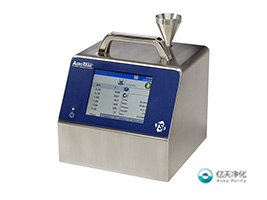
In fact, the scattered light intensity generated by each particle is weak, which is a very small light pulse. It needs to be amplified by the photoelectric converter to convert the light pulse into an electric pulse with a larger signal fluctuation, and then further amplified and identified by the electronic circuit to complete the counting of many electric pulses. At this time, the number of electric pulses corresponds to the number of particles, and the fluctuation of the electric pulse corresponds to the size of the particles.
Specific working principle of particle counter
The light from the light source is gathered in the measuring cavity by lens group 1. When each particle in the air passes through the measuring cavity quickly, it will scatter the incident light once, forming a light pulse signal. This light signal is sent to the photodetector through lens group 2, and is proportionally converted into an electrical pulse signal. Then, it is amplified and identified by the electronic circuit of the instrument, and the required signal is picked out and displayed through the counting system.
The flow rate is 0.1cfm (2.83L/min), 1cfm (28.3L/min), 50L/min, and 100L/min. The larger the flow rate, the more air data collected per minute, and the more it can represent the actual cleanliness level of the clean room.
Foreign countries use "cubic feet" to convert into domestic "liters". 1 cubic foot = 28.3168 liters
Particle counters are originally produced according to foreign standards. Foreign production is 0.1 cubic feet/liter, which is 2.83L/min. Therefore, it is generally recommended to use a particle counter with a flow rate of 28.3L/min or above.









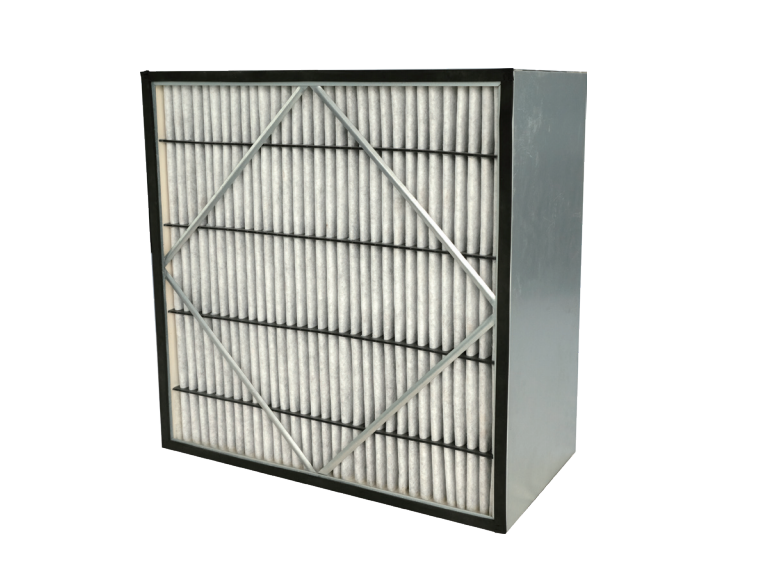
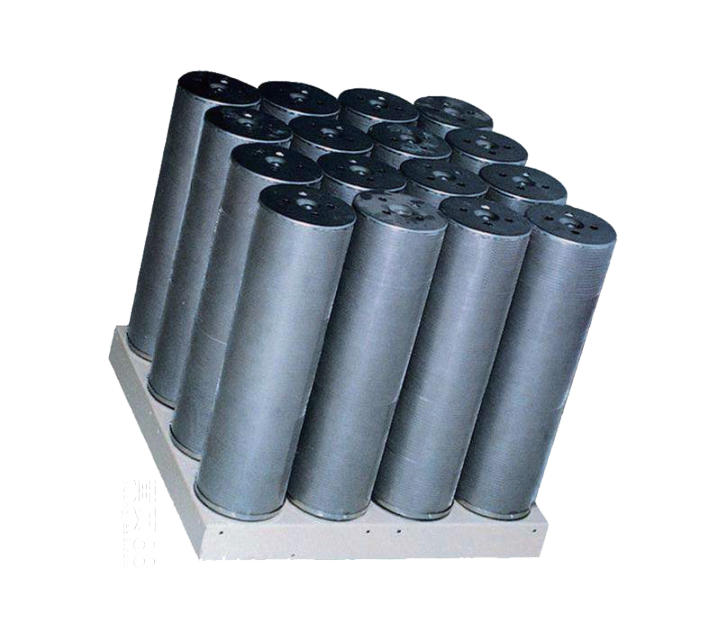
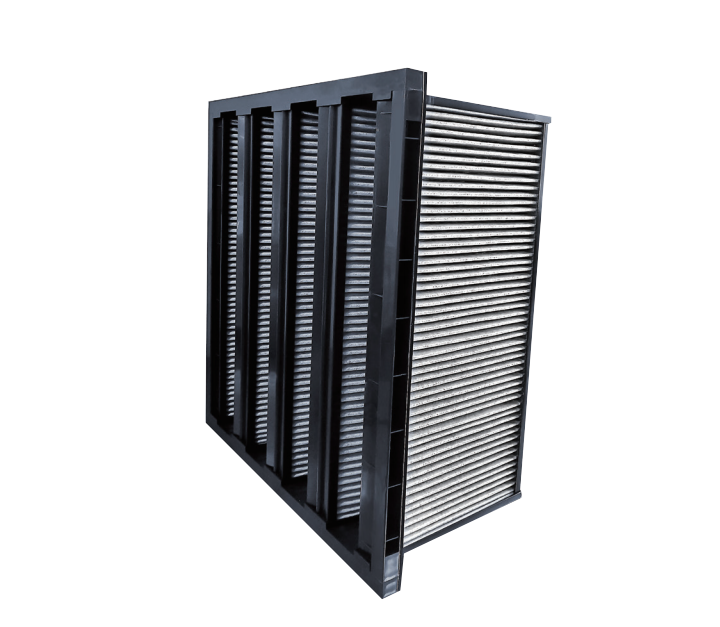
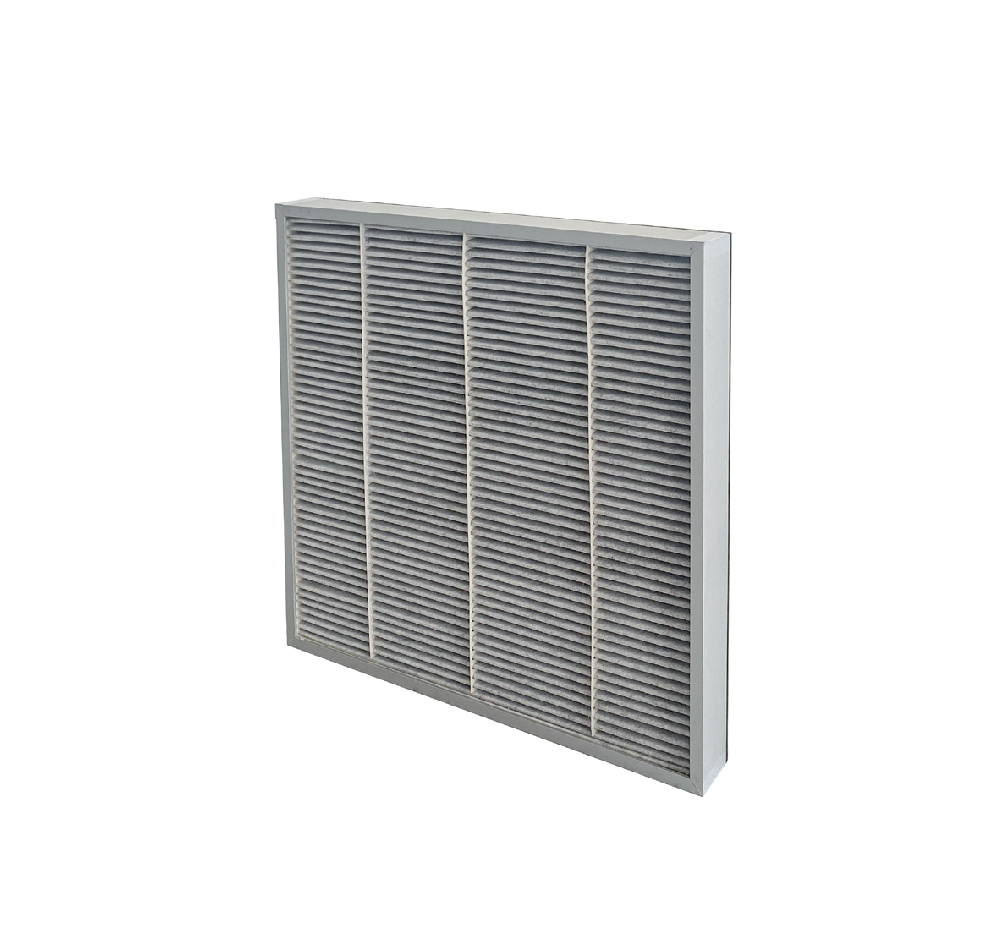



 Home
Home Product
Product News
News phone
phone